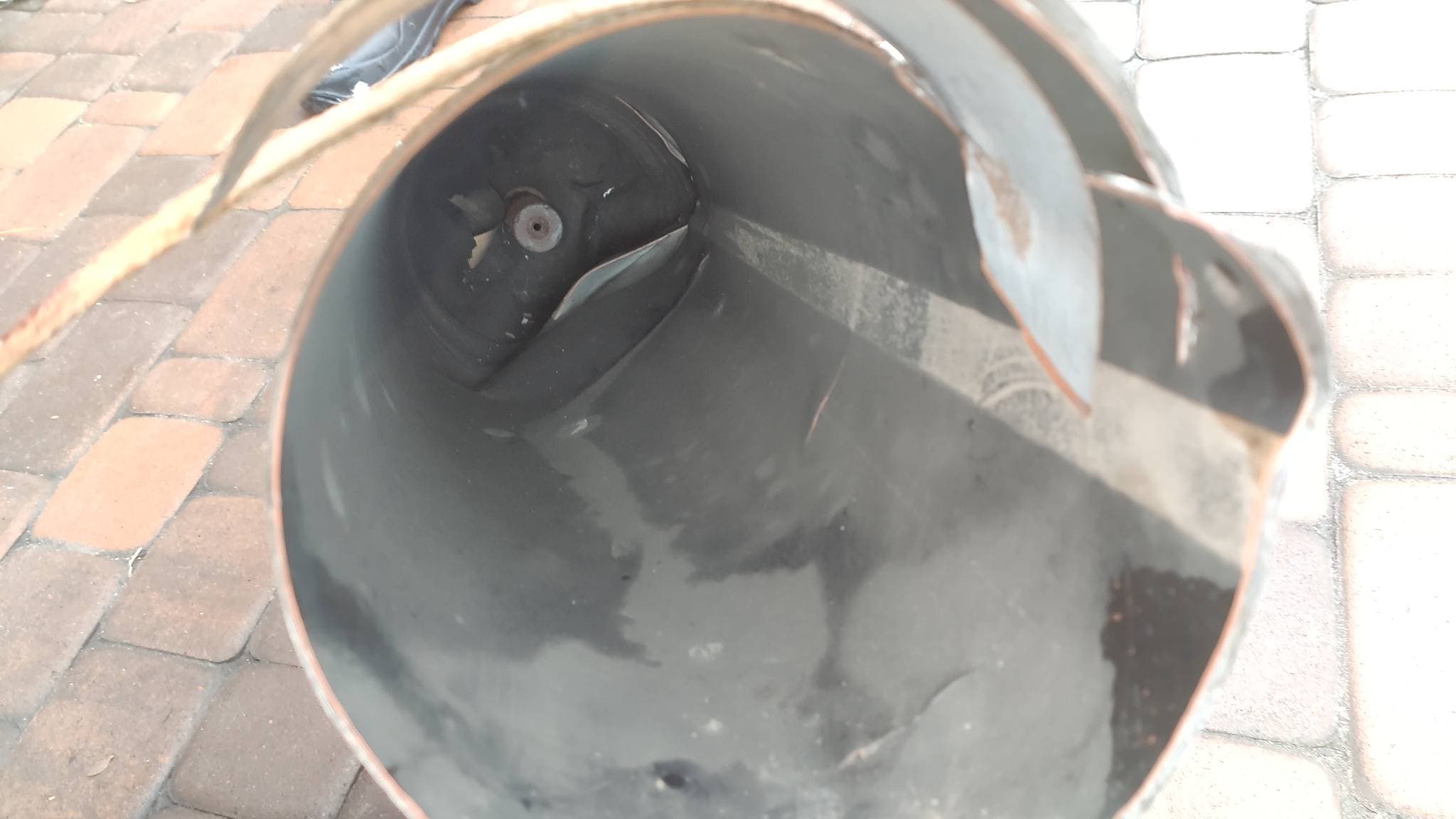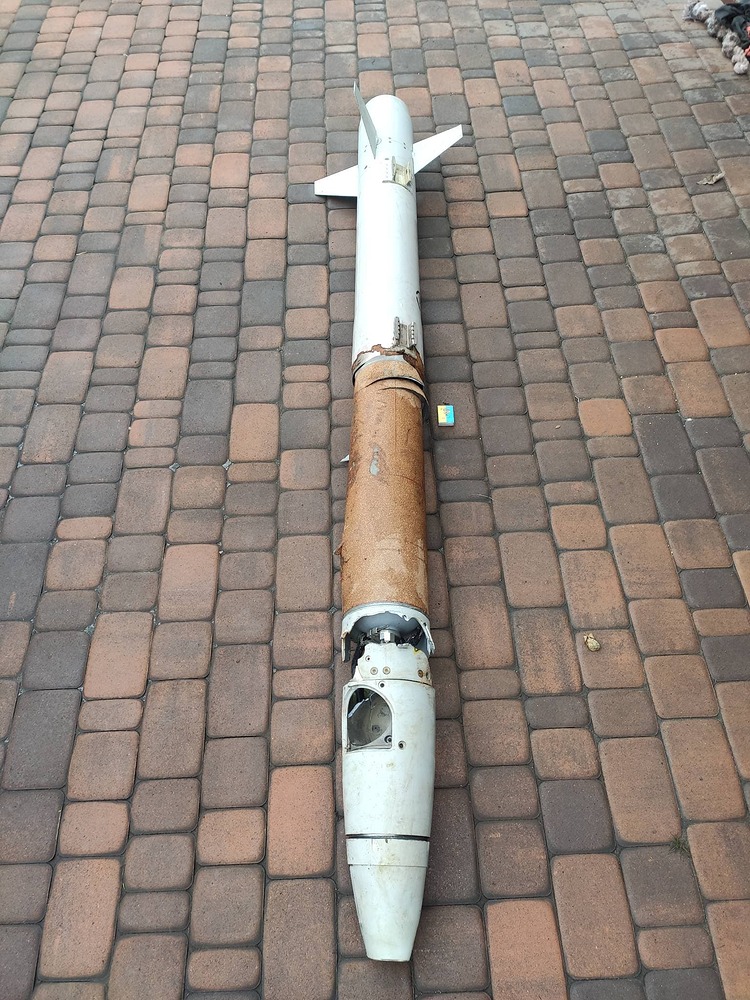What are the chance that the cszech paper came to this conclusion using the same assumption lol, it’s so perfect it’s makes me think.
I honestly don’t think anything in that Czech paper is to be trusted. It is literally just their estimates using a lot of assumptions and some generic formulas. But Gaijin have decided to use it anyway despite speculation not usually being allowed for bug reports. I fully expect IRIS-T will use Czech estimates as well.
Quick question, on the size of the motors you mentioned for the ASRAAM and MICA, does it take into account the shape of the nozzle, or is it only the geometry before the the combustion chamber ? I believe that the MICA has an unusually long nozzle that is apparently necessary for the thrust vectoring, so it does take more space than the ASRAAM nozzle I would guess, but I don’t know enough about the ASRAAM internal dimensions
Maybe the software enhancement was designed with ground vehicles in mind as well, but was only tested against sea targets.
Though the wording of the current page doesn’t exclude ground vehicles either … Just says it was first tested against sea targets in 2016 …
I was excluding the pipe & nozzle of both motors from my comparison as to my knowledge there is usually no fuel stored there. And the purpose of the comparison was to roughly estimate fuel mass.
It does indeed:

If I’m not mistaken this is the rocket motor:
Which then sits inside the propulsion section casing:
I’m not sure about that. This diagram of the final ASRAAM motor from Roxel (the people who make it) shows the mounting points being integral to the SSL motor case, with a heat shield forming the skin of the missile and fitting around the mounting points.
I believe you are suggesting the skin of the missile is it’s own metal tube (with the mounting points attached) which the SSL motor case then slides within?
Do we know those two parts in your photos are from the same missile?
So the brown part does not go inside the white part as you originally suggested? Or did I misunderstand what you meant?
I need to dig some more into it but that’s what the seller claims.
No the guy lined them up like that for the photo
If that part is also from ASRAAM then the only place it could go would be inside the propulsion section
The warhead is obviously missing …
If in a WVR situation, the ASRAAM can be launched, and kill the target before the enemy can even lock on to them with an IR guided missile. (Assuming AIM9M and R73)
Mainly the weight
112kg vs 88kg
I would also like to point out that the ASRAAMs minimum engagement range is quoted as being 300m
Exactly the same as the R73.
The missile does not require thrust vectoring to perform high off boresight manuvers, and it is capable of doing a 50g turn immediately off the rail without ever needing to speed up.
It can perform this kind of manuver by inducing large angles of attack with the motor burning, using body lift and the motor as the main driver for turning force.
Unfortunately we all know that gaijin are incapable of understanding that this kind of thing is possible, and they will probably say the ASRAAM can only do a 20g turn because its fins are too small.
They said the same with Stinger.
And the Brimstone.
At least compare missles of the same Generation jesus
Hmm I don’t know about that, DDM-NG has a capability against burnt out missiles thats likely linked to aero heating. ASRAAM is near on hypersonic, heating to 1000c briefly, I’d say a IR MAW would likely see that even after burn out. The question would be, do spectral flares defeat IIR seekers or is the lack of a spatially distributed IRD ( BOL IR ) going to be the kicker.
You also do not want any guided missile exceeding hypersonic speeds, as the plasma cone that forms blocks RW and IR emissions.








